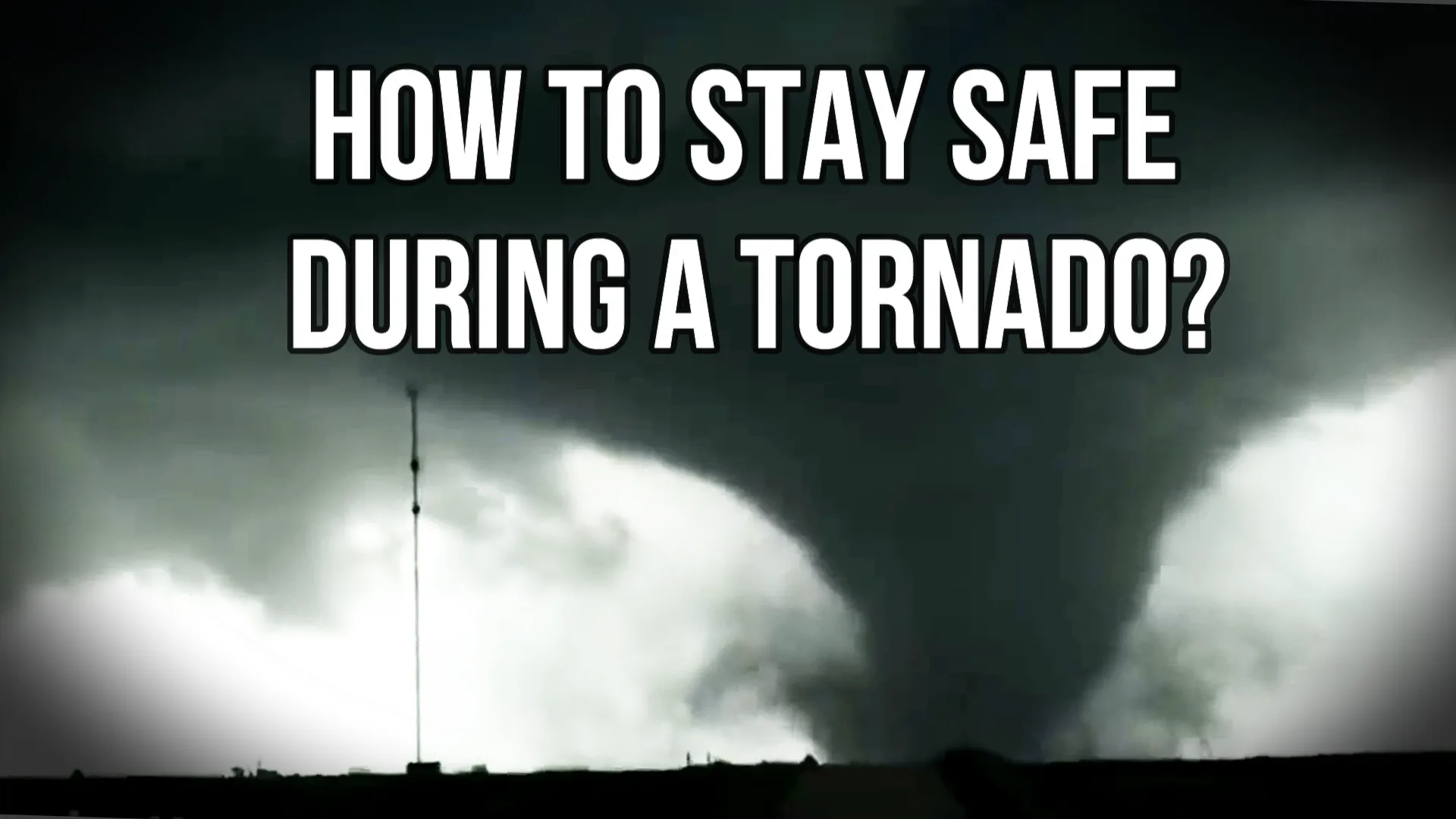
How to Stay Safe During a Tornado?
As nature unleashes its fury in destructive forms, being prepared is always paramount. Tornadoes, with their swift and destructive power, demand proactive measures to ensure safety. From understanding the nuances of alerts to knowing how to build a tornado shelter, being informed is crucial.
Tornado survival guide.
Creating a tornado preparedness checklist is the first step. Let's think about what it might consist of. This checklist should include essentials like emergency preparedness kits, which encompass non-perishable food, water, flashlights, batteries, a first aid kit, and any necessary medications. Additionally, familiarize yourself with tornado safety tips such as seeking shelter in a sturdy building or underground if possible, avoiding windows, and covering yourself with a mattress or heavy blankets to protect against flying debris.
What to do during a tornado watch?
A tornado watch indicates that conditions are favorable for its formation. During this time, stay informed by monitoring weather updates from reputable sources such as the National Weather Service. Remain vigilant and be prepared to take action. Use tornado safety apps to receive real-time alerts and updates on your smartphone, ensuring you are always aware of changing conditions. Some applications are even showing the strength rating using the EF scale, predicting the possible damage.
When to take shelter?
Understanding the difference between a tornado watch and a tornado warning is vital. So how do these definitions differ? A tornado watch indicates that violent weather events are possible in your area, prompting you to stay alert and prepared. However, a tornado warning means it has been sighted or indicated by radar, requiring immediate action to seek a hiding place and protect life and property. In this case, prioritize personal safety over all else and take shelter immediately.
Protecting your home and loved ones.
Knowing how to protect your home from a tornado is crucial in minimizing damage and ensuring your loved ones are fine. Consider building a shelter, either underground or within the interior of your home, to provide maximum protection. Reinforce your home's structural integrity by securing doors, windows, and roofs. Additionally, educate your family members on tornado safety tips and practice regular drills to ensure everyone knows what to do in an emergency.
In conclusion, staying safe requires proactive measures, preparation, and swift action. By adhering to the survival guide, understanding when to hide, and taking necessary precautions to protect your home and loved ones, you can minimize the risks associated with these formidable natural disasters. Remember, being tornado-ready could save lives.